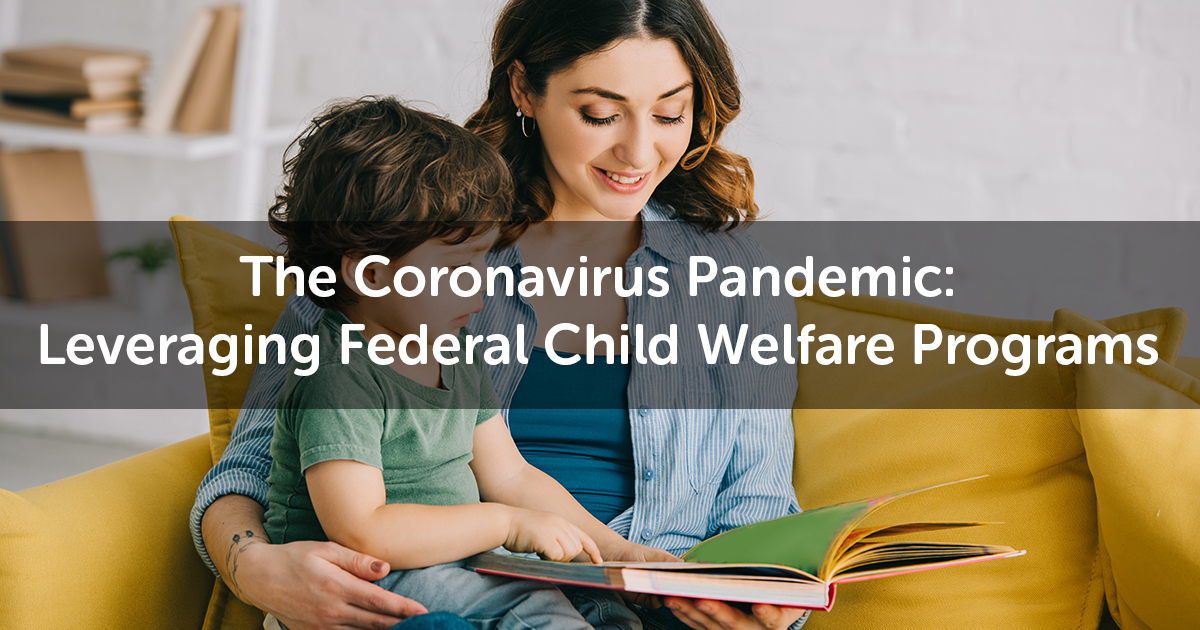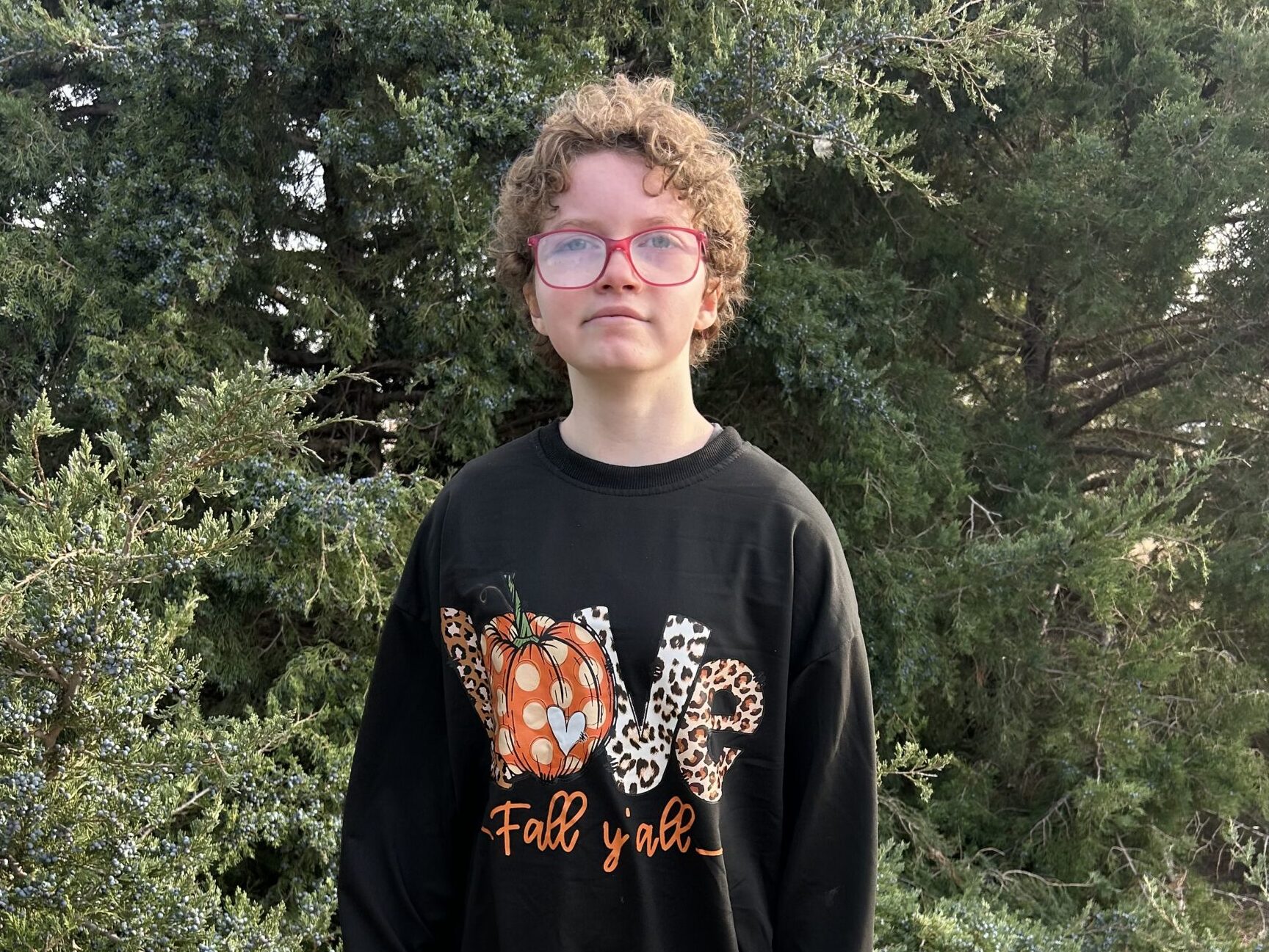Even as the world works diligently to contain the COVID-19 physical health crisis, child welfare leaders are recognizing the mental health crisis and trauma that puts families, children and communities at risk. School closures, social distancing measures, economic impacts and escalating stresses that can increase domestic and child abuse or neglect is creating a mental health crisis that will likely have long-term impacts.
It is predictable that a trauma and mental health crisis is building now and will increase once the physical threat of the pandemic is contained. Already we see warning signs in increased reports of domestic violence and, paradoxically, a disturbingly low number of reports of child maltreatment, which gravely concerns child welfare leaders. Reduced reporting normally occurs during school breaks when children are away from child care providers and teachers who often recognize the signs of maltreatment. The concern with the pandemic is the elevated, combination of stressors that place vulnerable families and children in harm’s way.
As the child welfare field explores ways to offset and address the impacts of the pandemic on families and children, it makes sense to include the Family First Prevention Services Act, or FFPSA, as part of the response and recovery effort.
For state leaders seeking to mitigate the COVID-19 crisis and re-build well-being for fragile families and children, the FFPSA can be a useful tool.
“Although we could not have foreseen these circumstances when the FFPSA passed Congress in 2018, the program should be leveraged as part of the country’s COVID-19 response and recovery efforts,” said Marlo Nash, Saint Francis Ministries’ national director of partnerships and policy. “Children and families who may become involved in the child welfare system as a result of intense, increased stressors caused by COVID-19 need every chance to restore the well-being of their family unit and keep children safely out of foster care.”
FFPSA is a family-centered and trauma-informed law that gives federal, state and tribal governments the ability to work in concert to reach, preserve and treat any family whose child has become at imminent risk of entering foster care as a fallout from the pandemic. Currently, there are a handful of states who have enacted FFPSA – unwittingly laying the framework to respond to this disaster – but the FFPSA and subsequent Family First Transition Act (FFTA) is available to all states to enhance supports to children and families at risk of child welfare system involvement.
Solutions include:
- Removing barriers to the completion, submission and approval of state FFPSA prevention plans
- Including populations that have suffered from pandemic-induced adversities in candidacy definitions
- Investing funds from the Family First Transition Act to ameliorate current strategies to address the likely influx of child protection reports and family needs as the pandemic continues
- Emphasizing the deployment of evidence-based services that take a wholistic, family approach to healing and stabilization, such as Family Centered Treatment, and
- Ensuring adequate funding to restore and stabilize families who need support.
Partners who impact the child welfare system will need to work in concert to remove barriers to implementing the FFPSA and infuse existing and newly written prevention plans with provisions that are responsive to pandemic-induced adversities. Congress, the Children’s Bureau, state, local and tribal leaders all have a role to play. (Read more about opportunities here.)
As part of the COVID19 crisis response, child welfare leaders and policymakers should align the FFPSA provisions to the needs of children and families and safely prevent the need for foster care.
The Saint Francis Ministries and Grutza Consulting partnership offers technical assistance and consultation to public and private leaders who are implementing the Family First Prevention Services Act (FFPSA). The combined team of experts brings real-time perspective and information from work in more than a dozen states and nationally to help with: strategic leveraging of opportunities and financing streams, public-private engagement, transition processes, accreditation support, focus on population segments, such as young children, juvenile offenders, and children and families dealing with the COVID-19 effects
Contributors: Marlo Nash, Rachel Marsh, Jody Grutza, Kali Scolnick and Kerry Littlewood





